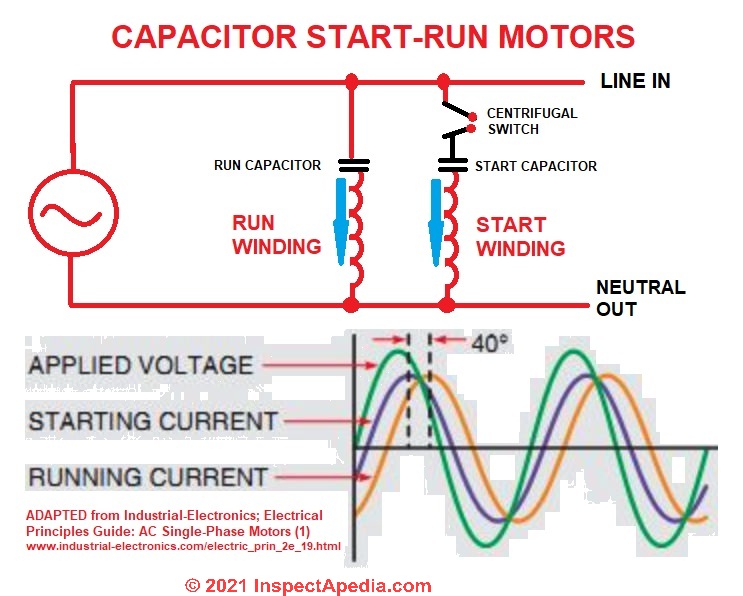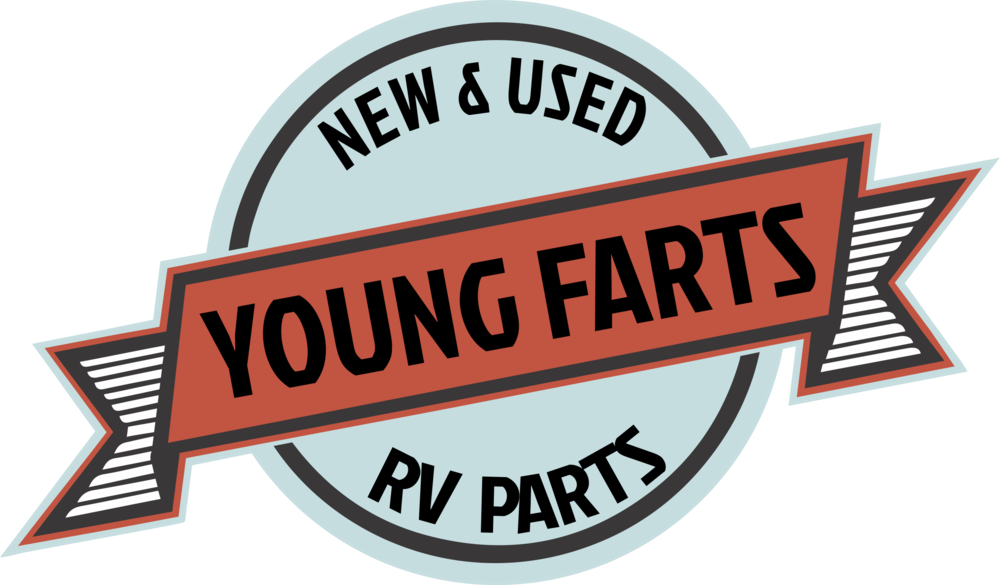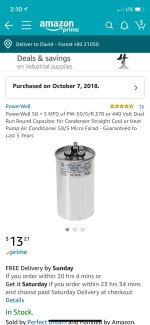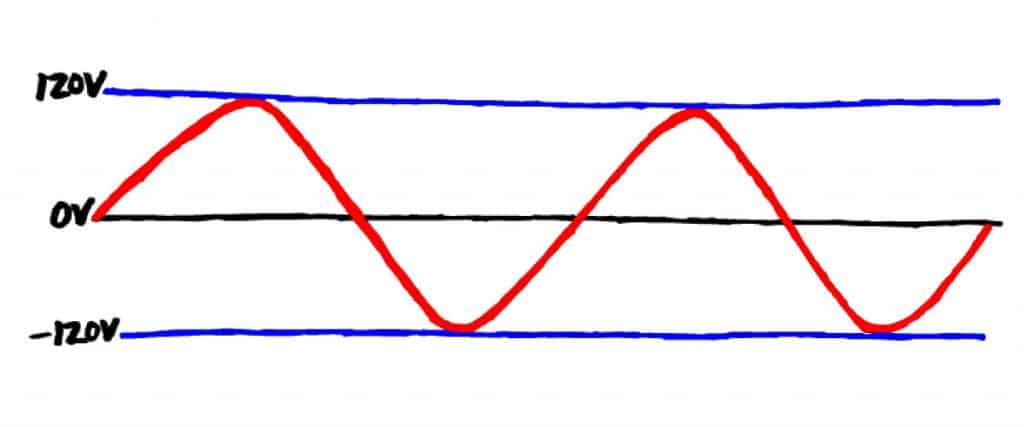This bit about the tolerance range is true but in this case we aren't worried about whether the cap can handle what's thrown at it. It's about whether the compressor in the AC will start and run properly. A dual start/run cap is actually two caps in one and each number represents the size of one of them. So a 50/5 is a 50 and a 5, and a 60/5 is a 60 and a 5. The number more or less represents the capacity. Think of it like a fuel tank size.
As a motor rotates, current flow is not constant - it pulses. A pulse pushes it a bit, another pulse pushes it a bit more, etc. AC power already does this as well, but always at a constant 60Hz. We think of our (US) AC mains power as "120V" but actually that's just the nominal maximum. This is what it actually does:
As you see, the actual instantaneous voltage can be anywhere from 120V to 0. Now consider this. What happens if at the moment the motor is turning to its next position and drawing its next pulse of power, the mains voltage happens to be at 0?
Well, the motor doesn't stop because it also has some inertia to carry it through but it's definitely not going to get the power it needs so it will run very rough and inefficiently. And if you ask the next question "well what if it's not running yet, so it has no inertia" you also answer why you need a second "start" capacitor! The motor has a secondary coil/winding at some angle (30-90 degrees usually - it depends on the motor) away from the main windings. A small pulse on the secondary is just enough oomph to rotate the motor to the proper position for the main windings to take over. It's not identical to a car starter motor but you can think of it that way.

Start/run capacitors provide small reserves of power to smooth out these timing mismatches. But think of it like a small battery. If your flashlight is designed for a D cell battery that means it needs 1.5V - that's what D cells put out. But so do AAA batteries - they're rated for (nominally) 1.5V as well. If you tape some wires onto a AAA and connect them to that flashlight, it will work. But it will die very quickly. Because while the AAA is rated for 1.5V its capacity to provide power is tiny compared to the D cell. It's just not big enough as a fuel tank. And it's hard on the battery, too - it might run very hot and die early.
In an emergency you can use a smaller cap where a bigger one is specified but ideally you'd use the proper one matched to what your compressor motor requires to run efficiently.






